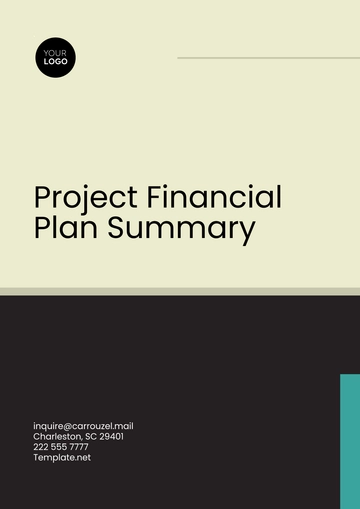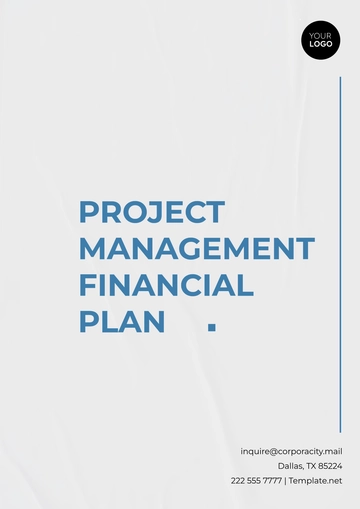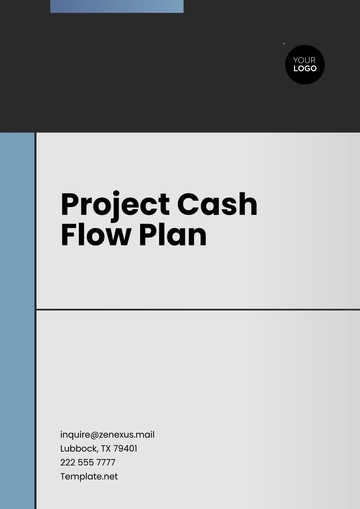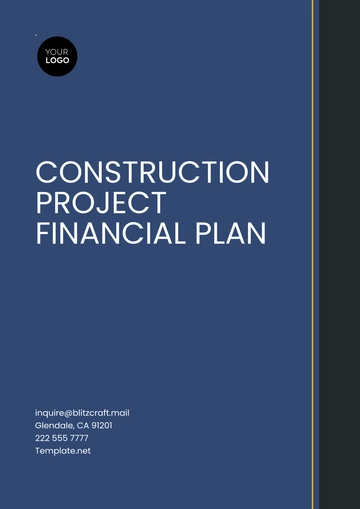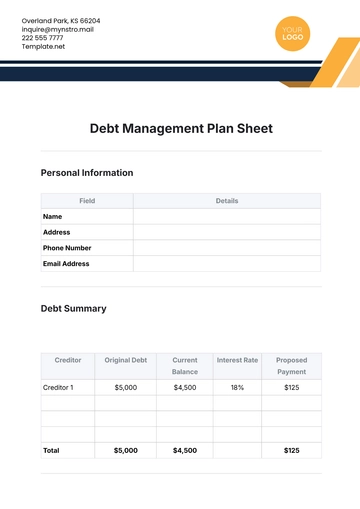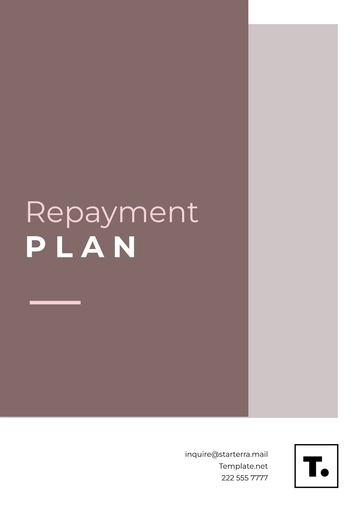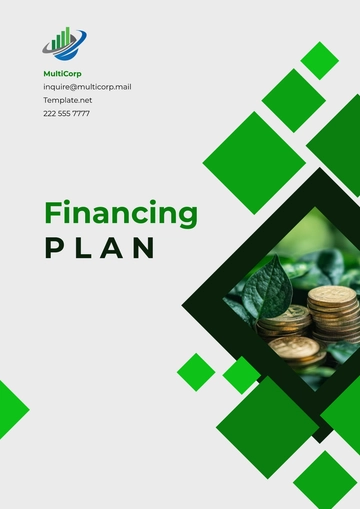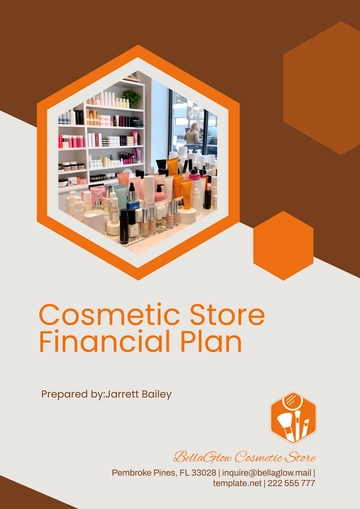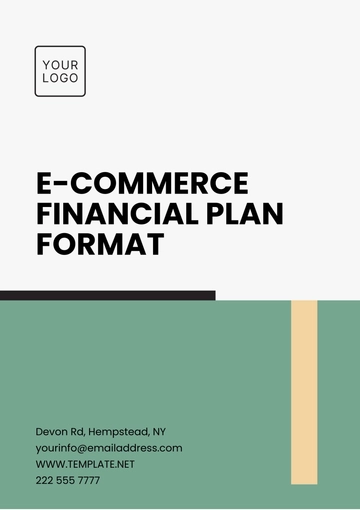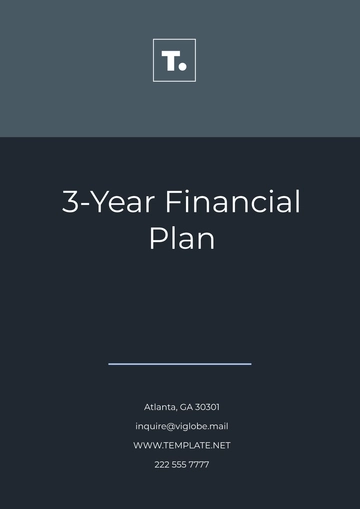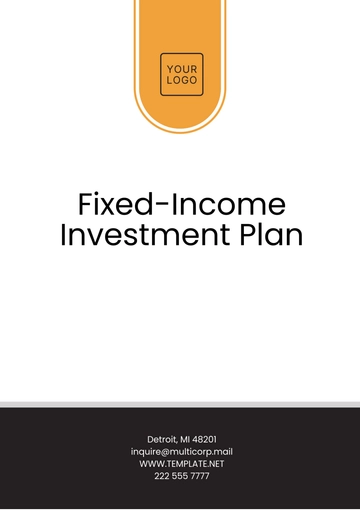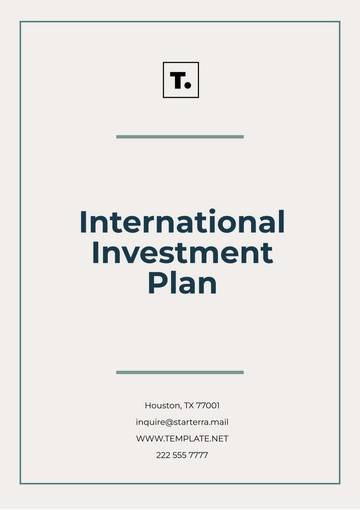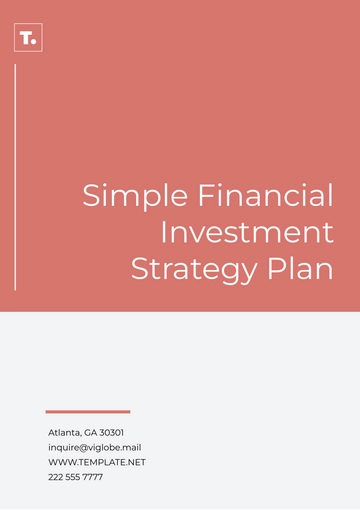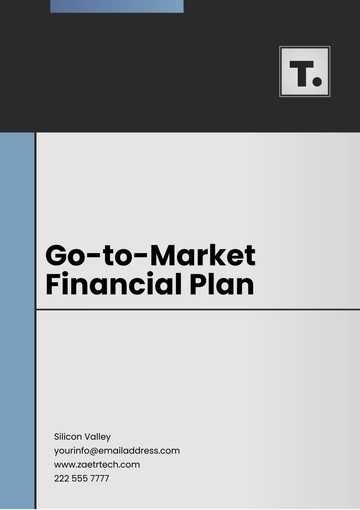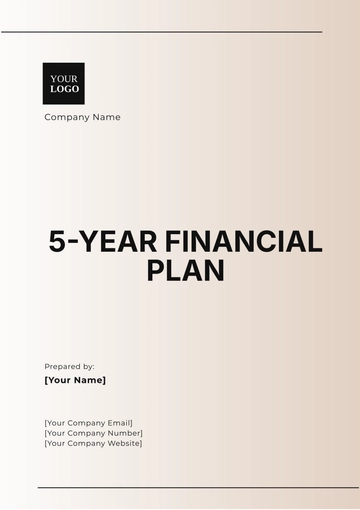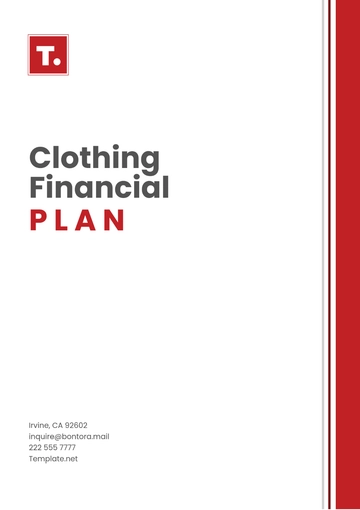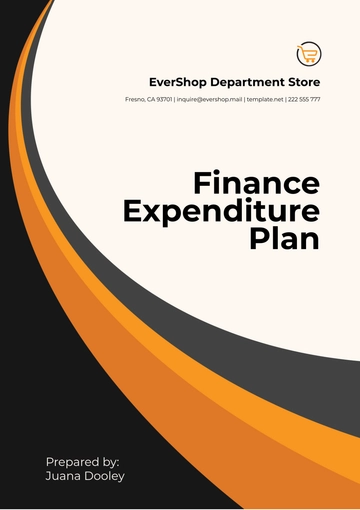Free Cosmetic Store Financial Plan
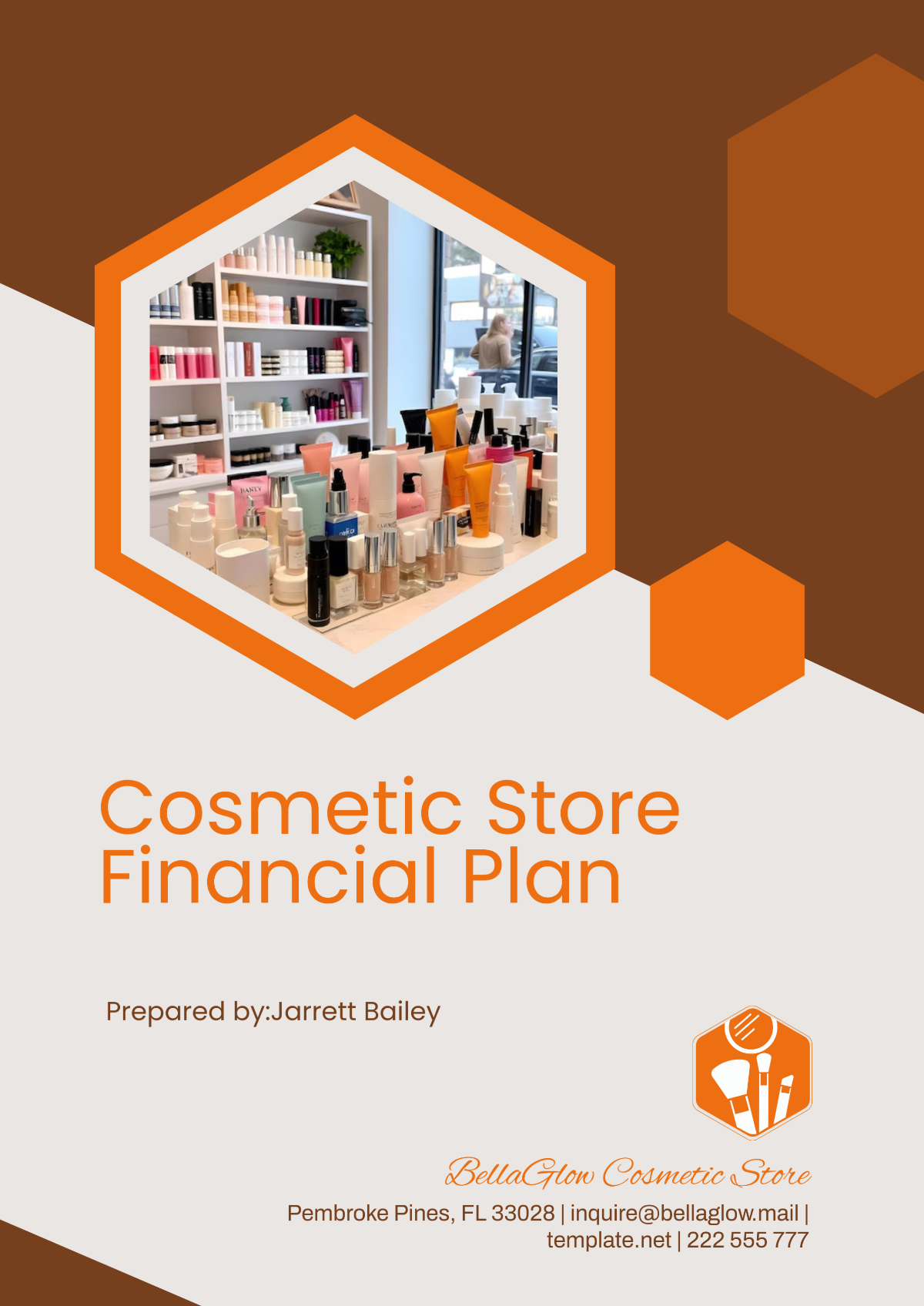
I. Executive Summary
[Your Company Name] is committed to establishing a leading cosmetic retail store offering high-quality skincare, makeup, and personal care products. This financial plan provides a comprehensive roadmap for achieving the business goals, emphasizing profitability, sustainability, and growth from [2050] onward. As part of the beauty and personal care industry, which continues to expand globally, our store will offer a curated selection of premium cosmetic brands, beauty treatments, and personalized consultations to meet the growing demand for self-care products.
The store will be located in a high-traffic commercial area to attract a diverse clientele, including both local residents and tourists. [Your Company Name] will leverage strategic marketing, strong brand partnerships, and a customer-centric service approach to drive both in-store and online sales. This financial plan will not only outline the necessary initial investment but also project the expected financial performance over the next five years, aiming to achieve profitability by the end of year one.
II. Financial Objectives
[Your Company Name] aims to achieve specific financial goals within the first five years of operation to ensure long-term sustainability and profitability. These objectives will be tracked monthly and annually to ensure that the company stays on track with its projected financial growth. The main financial objectives for the business are as follows:
Achieve Monthly Sales Growth: It is projected that monthly sales will increase by [5%] in the first two years of operation. This growth will be driven by an aggressive marketing campaign, loyalty programs, and a diverse product range that appeals to a broad customer base.
Reach Break-Even Point: The business will aim to break even within the first [18] months of operations. This milestone is important because it will signify that the store is generating sufficient revenue to cover its operating expenses without incurring losses.
Annual Revenue Goals: The revenue target for the first year is set at $[2,000,000], with expectations to reach $[5,000,000] by year five. This growth will be achieved through the expansion of product offerings, enhancement of customer engagement strategies, and the development of a strong online presence.
Net Profit Margin Goal: The business aims to maintain a net profit margin of [15%] by the end of year two, gradually increasing to [25%] by the end of year five. This will be achieved by optimizing operational efficiency, minimizing unnecessary costs, and increasing sales per customer.
Positive Cash Flow: Maintaining positive cash flow from operations is a priority. The goal is to have enough working capital to cover all monthly expenses, ensuring the business can continue to grow and reinvest in expansion efforts without relying heavily on external financing.
III. Financial Overview
A. Initial Investment and Funding Requirements
The total initial investment required to launch [Your Company Name] is estimated at $[400,000]. These funds will cover a range of essential startup costs, including leasing, store renovation, inventory purchases, and marketing efforts. A detailed breakdown of the initial investment is provided below.
Item | Cost ($) |
|---|---|
Lease Deposit (12 months) | 100,000 |
Store Renovation | 50,000 |
Initial Inventory | 150,000 |
Marketing and Advertising | 30,000 |
Equipment and Fixtures | 40,000 |
Licensing and Permits | 10,000 |
Working Capital | 20,000 |
Total Initial Investment | 400,000 |
Funding Sources
Funding will be sourced through a combination of personal capital, loans, and possible external investment. The funding structure is expected to be as follows:
Owner’s Equity: $[200,000]
Bank Loan: $[150,000] at an interest rate of [5%]
External Investment: $[50,000]
B. Revenue Streams
[Your Company Name] will generate revenue primarily from the sale of beauty and cosmetic products, as well as additional income streams such as in-store services and online sales. The revenue model is structured to ensure diversified income sources, helping mitigate potential risks associated with market fluctuations in any single category.
Retail Sales: Retail sales will contribute [75%] of total revenue, with a strong emphasis on in-store purchases. Product offerings will include skincare, makeup, haircare, and fragrance lines from leading global brands as well as some exclusive private-label products.
Online Sales: Online sales are expected to contribute [15%] of total revenue. This channel will be increasingly important as the e-commerce market for cosmetics continues to expand, offering convenience and broad reach to customers beyond the physical store's location.
Service Revenue: In-store services, such as makeup consultations, skincare treatments, and beauty classes, will generate [10%] of revenue. These services will cater to high-demand areas like personal styling, facial treatments, and bridal makeup, leveraging expertise to create memorable customer experiences.
C. Expense Projections
Projected monthly expenses are segmented into fixed and variable costs. These projections provide insights into the cost structure and facilitate accurate cash flow forecasting. Managing expenses efficiently will be key to maintaining profitability as sales scale over time.
Monthly Expense Breakdown
Expense Category | Monthly Cost ($) |
|---|---|
Rent | 8,000 |
Salaries and Wages | 15,000 |
Utilities | 1,000 |
Marketing | 2,500 |
Inventory Purchases | 30,000 |
Miscellaneous | 2,000 |
Total Monthly Expenses | 58,500 |
The largest portion of expenses is allocated to inventory purchases and salaries, which reflect the high level of customer service and quality products offered. Rent is a significant fixed cost but necessary for establishing the business in a prime retail location, and marketing costs are necessary to build brand awareness in the initial years.
IV. Sales Forecast
A. Monthly Sales Projection
The monthly sales forecast projects steady growth through targeted marketing efforts, seasonal promotions, and customer retention strategies. The numbers below reflect expected sales growth driven by these factors.
Month | Projected Sales ($) |
|---|---|
January | 120,000 |
February | 125,000 |
March | 130,000 |
April | 135,000 |
May | 140,000 |
B. Annual Sales Projection
Assuming a growth rate of [5%] month-over-month, the estimated sales for year one are as follows:
Year | Projected Annual Sales ($) |
|---|---|
[2050] | 1,800,000 |
[2051] | 2,160,000 |
[2052] | 2,592,000 |
[2053] | 3,110,400 |
[2054] | 3,732,480 |
The company aims to surpass these targets through increased brand recognition, loyal customer bases, and operational efficiencies.
V. Cost of Goods Sold (COGS)
The COGS is anticipated to constitute approximately [40%] of total revenue, as most products are sourced at wholesale prices and resold at retail markups. This rate allows [Your Company Name] to maintain competitive pricing while ensuring profitability.
Year | Revenue ($) | COGS ($) | Gross Profit ($) |
|---|---|---|---|
[2050] | 1,800,000 | 720,000 | 1,080,000 |
[2051] | 2,160,000 | 864,000 | 1,296,000 |
[2052] | 2,592,000 | 1,036,800 | 1,555,200 |
[2053] | 3,110,400 | 1,244,160 | 1,866,240 |
[2054] | 3,732,480 | 1,492,992 | 2,239,488 |
The COGS will continue to increase as sales rise, but maintaining a [60%] gross margin will help to ensure profitability even as product costs rise.
VI. Profit and Loss Statement
The projected profit and loss statement for [Your Company Name] provides a detailed overview of expected income, expenses, and net profit for the first five years.
Year | Revenue ($) | COGS ($) | Gross Profit ($) | Operating Expenses ($) | Net Profit ($) |
|---|---|---|---|---|---|
[2050] | 1,800,000 | 720,000 | 1,080,000 | 702,000 | 378,000 |
[2051] | 2,160,000 | 864,000 | 1,296,000 | 794,000 | 502,000 |
VII. Cash Flow Statement
Cash flow is projected to remain positive over the next five years, with strong monthly inflows driven by sales and services.
Month | Cash Inflow ($) | Cash Outflow ($) | Net Cash Flow ($) |
|---|---|---|---|
January | 120,000 | 95,000 | 25,000 |
February | 125,000 | 98,000 | 27,000 |
March | 130,000 | 105,000 | 25,000 |
April | 135,000 | 110,000 | 25,000 |
May | 140,000 | 112,000 | 28,000 |
June | 145,000 | 118,000 | 27,000 |
This positive cash flow will enable the business to fund ongoing operations, repay loans, and reinvest in growth initiatives without requiring additional external financing.
VIII. Balance Sheet Projection
The projected balance sheet for [Your Company Name] indicates financial growth and stability over the first five years.
Year | Assets ($) | Liabilities ($) | Equity ($) |
|---|---|---|---|
[2050] | 500,000 | 150,000 | 350,000 |
[2051] | 800,000 | 150,000 | 650,000 |
IX. Financial Ratios and Performance Indicators
Financial ratios and performance indicators are vital for evaluating the financial health and performance of the business over time. These indicators help assess profitability, liquidity, and financial stability, which are all key to long-term growth. Below are the key ratios and performance indicators for [Your Company Name]:
1. Current Ratio
The current ratio measures a company's ability to pay off its short-term liabilities with its short-term assets. Maintaining a strong current ratio ensures that [Your Company Name] can meet its immediate financial obligations without difficulty.
Formula: Current Ratio = Current Assets / Current Liabilities
Target: [Your Company Name] targets a current ratio of [3:1], which indicates that the company has $[3] in assets for every $[1] in liabilities.
Projected Current Ratio:
Year | Current Ratio |
|---|---|
[2050] | 3:1 |
[2051] | 3.5:1 |
[2052] | 4:1 |
This ratio shows that [Your Company Name] plans to keep a strong liquidity position over the first five years, ensuring that assets always outpace liabilities.
2. Debt-to-Equity Ratio
The debt-to-equity ratio shows the proportion of debt used to finance the company’s assets compared to the company’s equity. A lower ratio implies less reliance on debt, reducing financial risk.
Formula: Debt-to-Equity Ratio = Total Liabilities / Total Equity
Target: [Your Company Name] aims for a debt-to-equity ratio of approximately [0.3], indicating a balanced approach to debt management.
Projected Debt-to-Equity Ratio:
Year | Debt-to-Equity Ratio |
|---|---|
[2050] | 0.3 |
[2051] | 0.3 |
[2052] | 0.25 |
This lower debt-to-equity ratio reflects a conservative approach to financing, ensuring that the company minimizes its debt exposure while still funding growth and operations.
3. Gross Profit Margin
The gross profit margin is a measure of a company’s profitability, showing the percentage of revenue that exceeds the cost of goods sold (COGS). It is a critical indicator for assessing the business’s ability to generate profit after covering production costs.
Formula: Gross Profit Margin = (Revenue - COGS) / Revenue * 100
Target: [Your Company Name] aims to achieve a gross profit margin of at least [60%] by year five, which will be facilitated by a careful selection of high-margin products and strong supplier relationships.
Projected Gross Profit Margin:
Year | Gross Profit Margin |
|---|---|
[2050] | 60% |
[2051] | 62% |
[2052] | 63% |
The increasing gross profit margin indicates that the company is becoming more efficient in managing production and procurement costs over time.
4. Net Profit Margin
Net profit margin reflects the overall profitability of the company after accounting for all expenses, taxes, and interest. This ratio shows the percentage of revenue that translates into actual profit, making it one of the most important measures of financial success.
Formula: Net Profit Margin = Net Profit / Revenue * 100
Target: [Your Company Name] plans to gradually increase its net profit margin to [25%] by the end of year five, starting with [21%] in year one.
Projected Net Profit Margin:
Year | Net Profit Margin |
|---|---|
[2050] | 21% |
[2051] | 23% |
[2052] | 24% |
An increasing net profit margin signals better operational efficiency, cost management, and overall profitability.
5. Return on Investment (ROI)
ROI is a key metric for assessing the profitability of investments made by the business, such as capital expenditures and marketing campaigns. A higher ROI means the company is earning more profit for each dollar invested.
Formula: ROI = (Net Profit / Total Investment) * 100
Target: [Your Company Name] aims to achieve an ROI of at least [20%] by year three, increasing to [30%] by the end of year five as the company becomes more established and efficient.
Projected ROI:
Year | ROI (%) |
|---|---|
[2050] | 15% |
[2051] | 18% |
[2052] | 22% |
A steadily improving ROI demonstrates that [Your Company Name] is effectively utilizing its investments to drive growth and profitability.
X. Break-Even Analysis
The break-even analysis is a crucial tool for understanding when the company will start to generate profits. It calculates the revenue needed to cover both fixed and variable costs, helping to establish sales targets. This analysis is essential for managing financial risk, especially during the initial stages of the business.
1. Break-Even Revenue
Break-even revenue represents the total amount of sales required to cover all costs. The company must generate at least this amount of revenue each month to avoid losses.
Formula: Break-Even Revenue = Fixed Costs / (1 - Variable Costs / Sales)
Fixed Monthly Costs: $[58,500]
Gross Margin: [60%] (implying that the variable costs are [40%] of sales)
Break-Even Revenue Calculation:
Category | Amount ($) |
|---|---|
Fixed Monthly Costs | $58,500 |
Gross Margin | 60% |
Break-Even Revenue | $97,500 |
Thus, the business needs to generate at least $[97,500] in revenue each month to break even. Once this threshold is met, the company will start to see profits.
2. Break-Even Sales Units
For a business that sells products with varying prices, it’s also useful to calculate the break-even point in terms of the number of units that need to be sold. This figure helps the business set achievable sales targets.
Formula: Break-Even Sales Units = Break-Even Revenue / Average Sale Price
Average Sale Price: $[50] (assuming an average product price of $50)
Break-Even Sales Units Calculation:
Category | Amount |
|---|---|
Break-Even Revenue | $97,500 |
Average Sale Price | $50 |
Break-Even Sales Units | 1,950 units |
Therefore, [Your Company Name] will need to sell approximately [1,950] units per month to cover its fixed costs and break even. Every sale above this number will contribute to profit.
XI. Funding Strategy and Capital Structure
The funding strategy for [Your Company Name] is designed to ensure that the business has enough capital to operate, grow, and manage risks while maintaining financial flexibility. A balanced mix of equity financing, debt financing, and reinvested profits will support this strategy.
1. Equity Financing
Equity financing will be sourced from the owner’s capital and potentially from external investors. This type of financing provides the business with immediate funds without the need to repay them. However, equity financing dilutes ownership. The business owner plans to invest $[200,000] of personal funds into the business to provide an initial financial foundation.
Equity Financing Breakdown:
Category | Amount ($) |
|---|---|
Owner’s Equity | $200,000 |
Investor Equity (Potential) | $50,000 |
In addition, the company may seek further equity investment in the future if expansion is needed or if the business wants to scale quickly.
2. Debt Financing
Debt financing involves borrowing money, which must be repaid with interest over time. The company will take out a loan of $[150,000] with an interest rate of [5%] to fund operational expansion or to cover working capital needs. This loan will be repaid over a period of [5] years.
Debt Financing Breakdown:
Category | Amount ($) |
|---|---|
Bank Loan | $150,000 |
Interest Rate | 5%] |
Loan Term | 5 years |
By using a combination of debt and equity financing, [Your Company Name] will maintain a balanced capital structure that allows for growth while minimizing financial risk.
3. Reinvestment of Profits
A significant portion of profits will be reinvested into the business to fund marketing, inventory expansion, and other growth initiatives. This reinvestment strategy will help [Your Company Name] scale without relying too heavily on external financing sources. The aim is for reinvestment to grow as a percentage of total income over time.
Reinvesting profits ensures that the business continues to evolve and meet the demands of a growing customer base without taking on excessive debt.
- 100% Customizable, free editor
- Access 1 Million+ Templates, photo’s & graphics
- Download or share as a template
- Click and replace photos, graphics, text, backgrounds
- Resize, crop, AI write & more
- Access advanced editor
Plan for business growth with the Cosmetic Store Financial Plan Template from Template.net. This editable and customizable template helps you track revenue, expenses, and financial goals. Adjust it with our Ai Editor Tool to create a solid financial foundation for your cosmetic store.
You may also like
- Finance Plan
- Construction Plan
- Sales Plan
- Development Plan
- Career Plan
- Budget Plan
- HR Plan
- Education Plan
- Transition Plan
- Work Plan
- Training Plan
- Communication Plan
- Operation Plan
- Health And Safety Plan
- Strategy Plan
- Professional Development Plan
- Advertising Plan
- Risk Management Plan
- Restaurant Plan
- School Plan
- Nursing Home Patient Care Plan
- Nursing Care Plan
- Plan Event
- Startup Plan
- Social Media Plan
- Staffing Plan
- Annual Plan
- Content Plan
- Payment Plan
- Implementation Plan
- Hotel Plan
- Workout Plan
- Accounting Plan
- Campaign Plan
- Essay Plan
- 30 60 90 Day Plan
- Research Plan
- Recruitment Plan
- 90 Day Plan
- Quarterly Plan
- Emergency Plan
- 5 Year Plan
- Gym Plan
- Personal Plan
- IT and Software Plan
- Treatment Plan
- Real Estate Plan
- Law Firm Plan
- Healthcare Plan
- Improvement Plan
- Media Plan
- 5 Year Business Plan
- Learning Plan
- Marketing Campaign Plan
- Travel Agency Plan
- Cleaning Services Plan
- Interior Design Plan
- Performance Plan
- PR Plan
- Birth Plan
- Life Plan
- SEO Plan
- Disaster Recovery Plan
- Continuity Plan
- Launch Plan
- Legal Plan
- Behavior Plan
- Performance Improvement Plan
- Salon Plan
- Security Plan
- Security Management Plan
- Employee Development Plan
- Quality Plan
- Service Improvement Plan
- Growth Plan
- Incident Response Plan
- Basketball Plan
- Emergency Action Plan
- Product Launch Plan
- Spa Plan
- Employee Training Plan
- Data Analysis Plan
- Employee Action Plan
- Territory Plan
- Audit Plan
- Classroom Plan
- Activity Plan
- Parenting Plan
- Care Plan
- Project Execution Plan
- Exercise Plan
- Internship Plan
- Software Development Plan
- Continuous Improvement Plan
- Leave Plan
- 90 Day Sales Plan
- Advertising Agency Plan
- Employee Transition Plan
- Smart Action Plan
- Workplace Safety Plan
- Behavior Change Plan
- Contingency Plan
- Continuity of Operations Plan
- Health Plan
- Quality Control Plan
- Self Plan
- Sports Development Plan
- Change Management Plan
- Ecommerce Plan
- Personal Financial Plan
- Process Improvement Plan
- 30-60-90 Day Sales Plan
- Crisis Management Plan
- Engagement Plan
- Execution Plan
- Pandemic Plan
- Quality Assurance Plan
- Service Continuity Plan
- Agile Project Plan
- Fundraising Plan
- Job Transition Plan
- Asset Maintenance Plan
- Maintenance Plan
- Software Test Plan
- Staff Training and Development Plan
- 3 Year Plan
- Brand Activation Plan
- Release Plan
- Resource Plan
- Risk Mitigation Plan
- Teacher Plan
- 30 60 90 Day Plan for New Manager
- Food Safety Plan
- Food Truck Plan
- Hiring Plan
- Quality Management Plan
- Wellness Plan
- Behavior Intervention Plan
- Bonus Plan
- Investment Plan
- Maternity Leave Plan
- Pandemic Response Plan
- Succession Planning
- Coaching Plan
- Configuration Management Plan
- Remote Work Plan
- Self Care Plan
- Teaching Plan
- 100-Day Plan
- HACCP Plan
- Student Plan
- Sustainability Plan
- 30 60 90 Day Plan for Interview
- Access Plan
- Site Specific Safety Plan

